Closely monitor domestic and international currency developments
In order to support businesses to overcome difficulties, from mid-March until now, the State Bank has reduced operating interest rates three times in a row, thereby causing commercial banks to reduce deposit interest rates and lending interest rates.
Deputy Governor of the State Bank of Vietnam Pham Thanh Ha assessed that the continuous adjustment of operating interest rates is a flexible solution, suitable to current market conditions to support the economic growth recovery process according to the policy of the National Assembly and the Government, thereby continuing to orientate the reduction of the market lending interest rate level, increasing the ability of businesses and people to access capital, contributing to promoting economic growth.
At the same time, the SBV is also one of the first central banks in the world to adjust down operating interest rates in the first months of 2023 to support economic recovery and development.
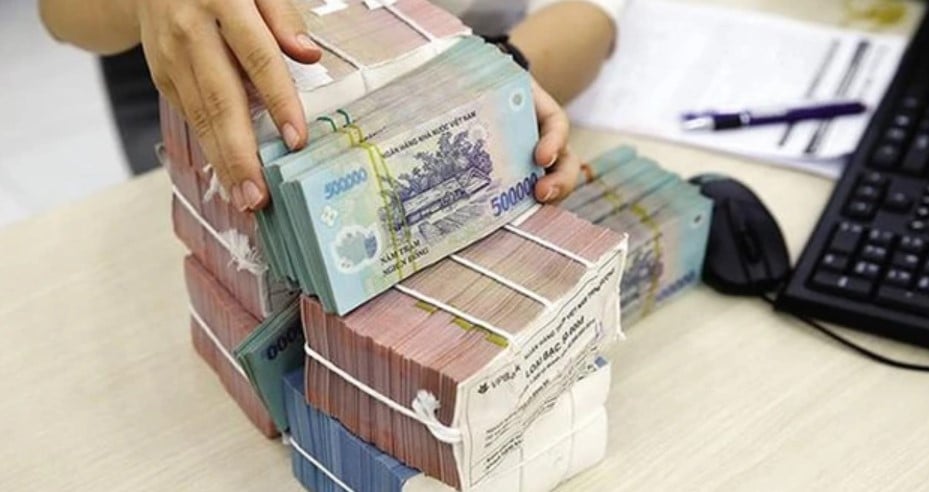
After 3 consecutive adjustments by the State Bank of Vietnam, the VND interest rate is expected to continue to decrease. However, everything depends on the FED. Illustrative photo
“In the coming time, the State Bank will continue to closely monitor domestic and international currency developments, forecast inflation and market interest rates to manage interest rates in accordance with macroeconomic balance, inflation and monetary policy targets,” the Deputy Governor of the State Bank emphasized on factors that may affect interest rate trends.
According to Mr. Pham Thanh Ha, the State Bank will continue to have solutions to encourage credit institutions to reduce costs to reduce lending interest rates to support businesses to recover and develop production and business.
However, the Deputy Governor also said that the remaining months of 2023 are forecast to continue to face many challenges in monetary policy management due to complicated developments in both the world and domestic economies.
The world economy is expected to grow slowly with many uncertainties. Although inflation has shown signs of peaking, it continues to remain high in many countries. Many central banks still maintain high interest rate policies. World commodity prices are at risk of strong fluctuations.
Meanwhile, domestic economic growth is also facing increasing risks as declining global demand negatively impacts the processing and manufacturing industries, inflationary pressures remain, and investment and consumption activities also face many difficulties.
Accordingly, the State Bank continues to closely monitor domestic and foreign economic and monetary developments, and firmly, proactively and flexibly manage monetary policy tools to contribute to controlling inflation, supporting economic growth, and stabilizing the money and foreign exchange markets.
It can be seen that interest rate policy will depend significantly on the international situation. On an international scale, the FED's interest rate moves have the strongest impact on the monetary policies of many countries.
Fed pause doesn't mean rate hikes are over
With Congress passing a debt limit deal and the latest jobs report coming in strong, markets are not ruling out another rate hike this summer despite the possibility of a Fed pause in June, according to analysts at Kitco News.
The debt ceiling standoff ended before too much damage could be done, with the House and Senate passing a deal.
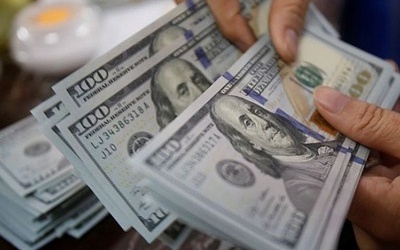
The Fed's pause in June doesn't mean the rate hikes are over. Illustration photo
And Friday's rebound in April jobs data has put off fears of an impending recession, giving the Fed room to keep interest rates higher for longer.
Analysts still expect the Fed to pause its rate-hike cycle at its June 13-14 meeting, given the dovish tone of several Fed speakers this week. But another rate hike later this summer is not ruled out.
“The debt ceiling issue is resolved. And the jobs numbers tell us that things are getting a little better, which could be seen as inflation. It makes the Fed more hawkish,” Sean Lusk, co-director of Walsh Trading, told Kitco News.
The good news is that the Fed doesn't want to shock the market, Gainesville Coins precious metals expert Everett Millman told Kitco News.
"There is an argument to be made that the Fed should continue to raise rates given the strong economic data. But given the lingering problems in the financial system, I don't see why they would raise rates and surprise the market," he said. "So far, the Fed has tried to soften the blow with clear signals."
According to the CME FedWatch Tool, markets are pricing in a 70% chance of a rate pause at the June meeting.
Markets will be closely watching the May inflation report, due on June 13 - just ahead of the Fed's interest rate decision.
“The Fed’s outlook is for higher rates for longer,” Michael Boutros, senior technical strategist at Forex.com, told Kitco News. “Even if the Fed skips a rate hike in June, there could still be another 25 basis points of rate hikes after that.”
Source



![[Photo] Prime Minister Pham Minh Chinh starts construction of vital highway through Thai Binh and Nam Dinh](https://vphoto.vietnam.vn/thumb/1200x675/vietnam/resource/IMAGE/2025/5/12/52d98584ccea4c8dbf7c7f7484433af5)

![[Photo] Buddha's Birthday 2025: Honoring the message of love, wisdom, and tolerance](https://vphoto.vietnam.vn/thumb/1200x675/vietnam/resource/IMAGE/2025/5/12/8cd2a70beb264374b41fc5d36add6c3d)








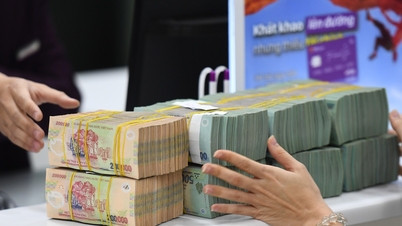



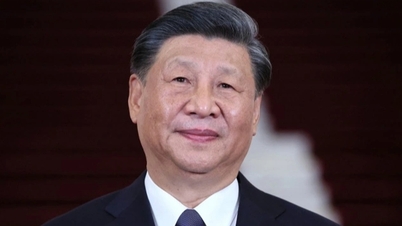
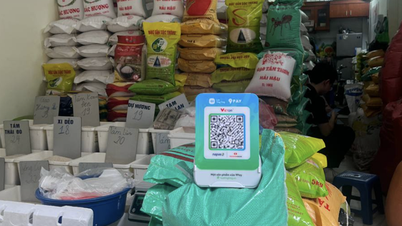

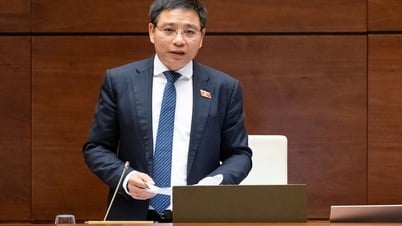











![[Photo] General Secretary To Lam meets and expresses gratitude to Vietnam's Belarusian friends](https://vphoto.vietnam.vn/thumb/1200x675/vietnam/resource/IMAGE/2025/5/11/c515ee2054c54a87aa8a7cb520f2fa6e)








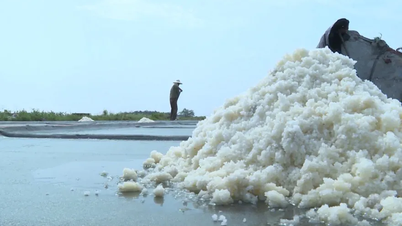








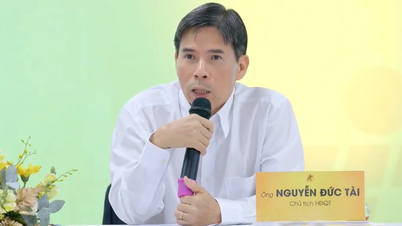





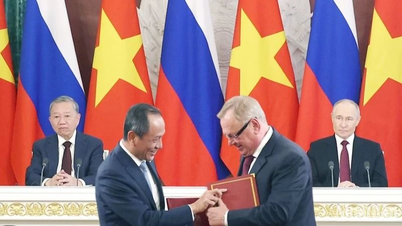









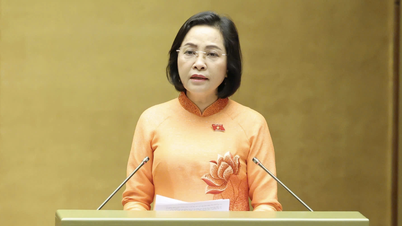












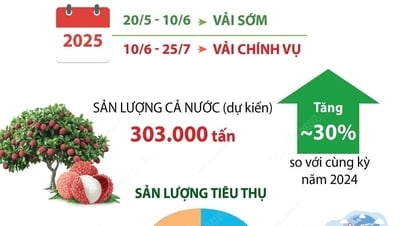

















Comment (0)